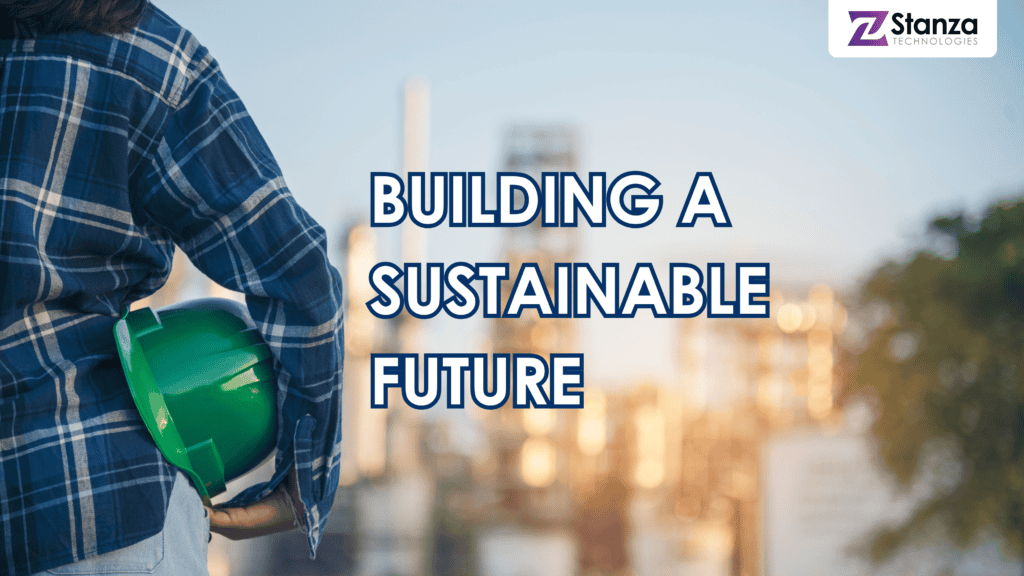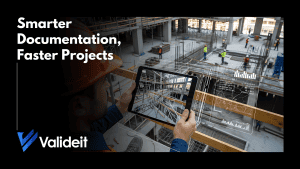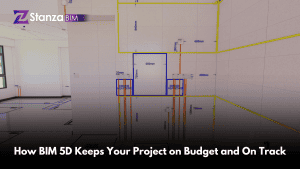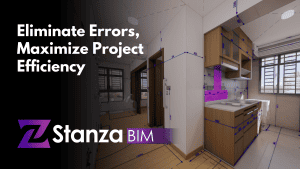The construction industry, a cornerstone of modern society, plays a significant role in shaping our environment and impacting the planet’s health. However, it’s also one of the significant contributors to carbon emissions and energy consumption, leaving a substantial ecological footprint. As we stand at the crossroads of environmental consciousness and technological advancement, there is a growing imperative to transform the way we design and build our structures.
Built environments are full of embodied carbon, which encompasses the carbon emissions associated with the production and transportation of construction materials. These emissions are further amplified by the energy expended during the lifespan of a building, such as heating, cooling, lighting, and power consumption. In 2021, the United Nations Environment Programme reported that the buildings and construction sector were responsible for a staggering 37% of global energy and process-related CO2 emissions, including an all-time high of 10 gigatons of carbon dioxide. This dire situation places the industry far from the trajectory outlined in the United Nations Framework Convention on Climate Change (UNFCCC) Marrakech Partnership for Global Climate Action Human Settlements and Resilience Pathway, which called for the built environment to halve emissions by 2030 and reach net-zero for all new and existing assets by 2050.
Historically, constructing or retrofitting sustainable buildings has often been perceived as an expensive endeavor. However, a transformative shift occurs as supply chains evolve, new technologies enter the market, and the industry hones its ability to execute sustainable projects. Kate Hardin, the executive director of the Deloitte Research Center for Energy & Industrials, sheds light on this transformation, noting, “Many sustainable or low-carbon materials are made from recycled or byproduct sources with relatively low ingredient costs.” This paradigm shift contributes to a trend where sustainable materials are becoming cost-competitive with their conventional counterparts.
Sustainable construction practices aim to minimize the ecological footprint of buildings while enhancing their energy efficiency and durability. Here are some key aspects of sustainable construction:
1. Green Building Materials: Sustainable construction emphasizes the use of environmentally friendly materials such as recycled, upcycled, and renewable resources. These materials not only reduce the environmental impact but also promote resource conservation.
2. Energy Efficiency: Designing and constructing buildings with optimal energy efficiency can significantly reduce operational carbon emissions. This includes using energy-efficient HVAC systems, lighting, and insulation.
3. Renewable Energy Integration: Incorporating renewable energy sources such as solar panels and wind turbines into building designs can help reduce the reliance on fossil fuels for energy consumption.
4. Water Efficiency: Sustainable construction focuses on water conservation through the use of efficient plumbing fixtures, rainwater harvesting, and greywater recycling systems.
5. Sustainable Site Planning: Selecting appropriate building locations and minimizing disruption to natural habitats are vital for sustainable construction projects. It helps preserve the environment and ecosystem.
6. Waste Reduction and Recycling: Minimizing construction waste and promoting recycling and reuse of materials can further reduce the ecological impact of construction projects.
7. Building Design and Orientation: Thoughtful design and orientation of buildings can maximize natural lighting and ventilation, reducing the need for artificial lighting and cooling.
8. Life-Cycle Analysis: Evaluating the environmental impact of a building over its entire lifespan, from construction to demolition, is essential for making informed, sustainable choices.
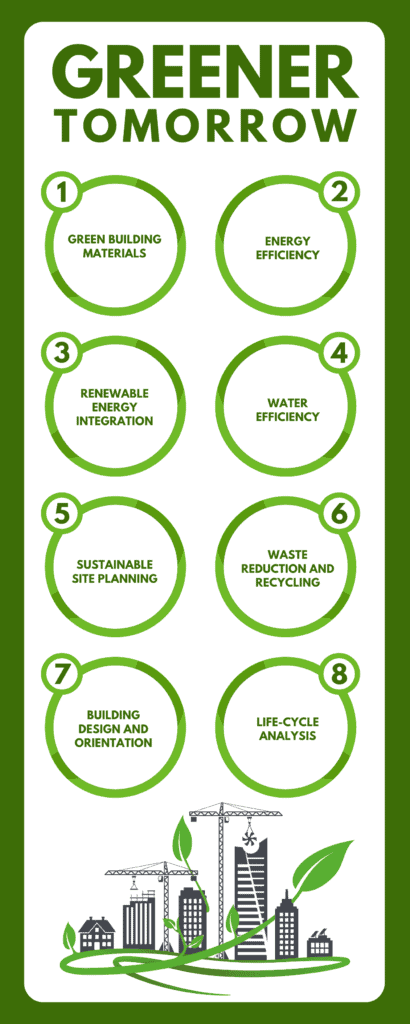
Sustainable construction is not merely a trend; it is a necessity for a greener, more sustainable future. It represents a commitment to minimizing the environmental footprint of the construction industry and embracing innovative technologies and materials that promote a healthier planet. As the industry continues to evolve and adopt sustainable practices, it is clear that the path to a more sustainable future is within reach, where cost-effective, eco-friendly construction practices can become the new standard. By prioritizing sustainability in construction, we can collectively work towards a world where our built environment coexists harmoniously with the natural world.
